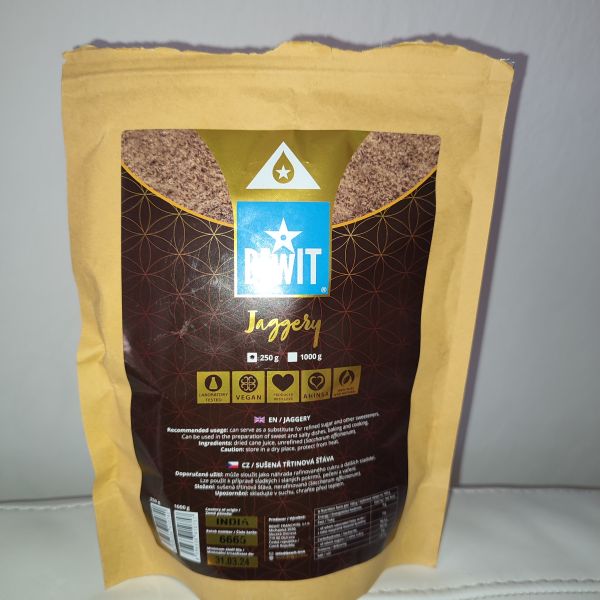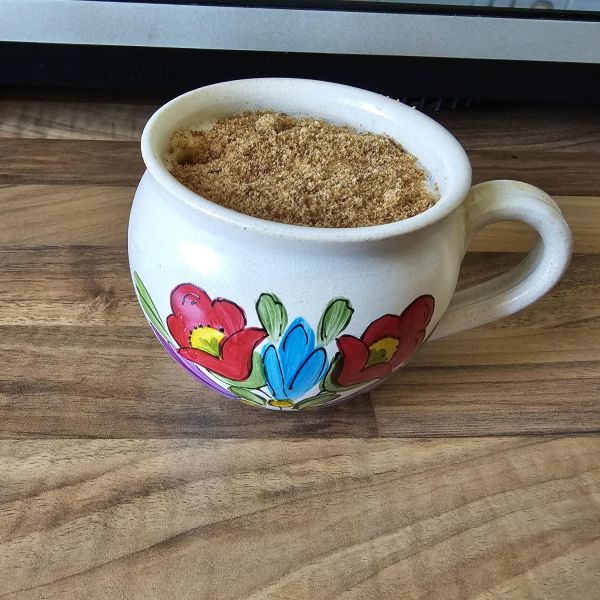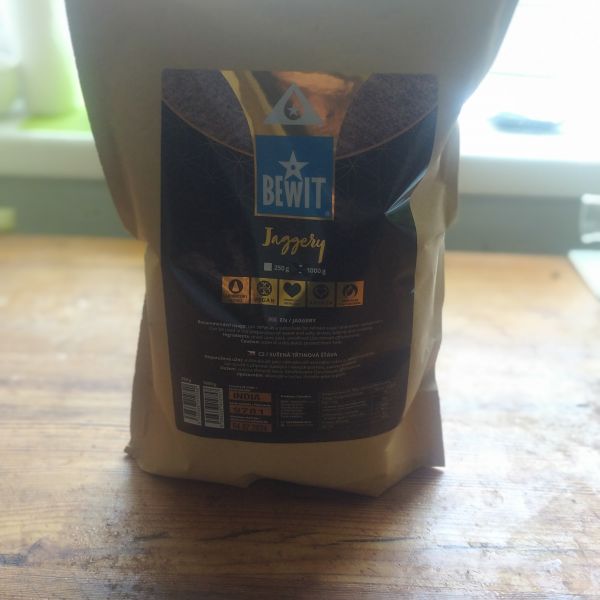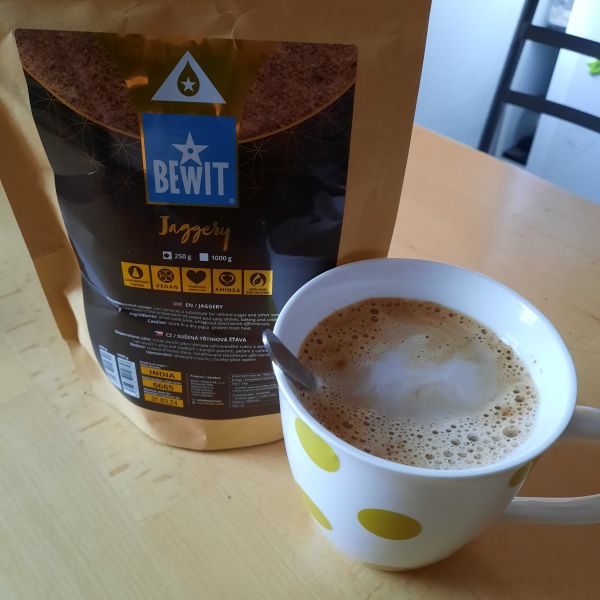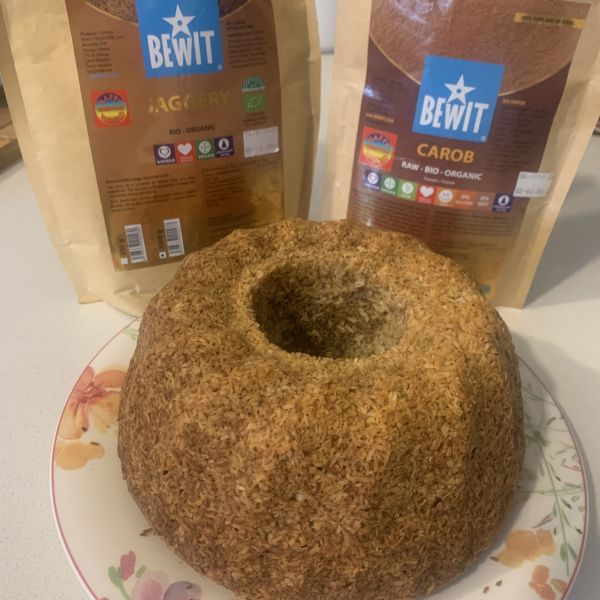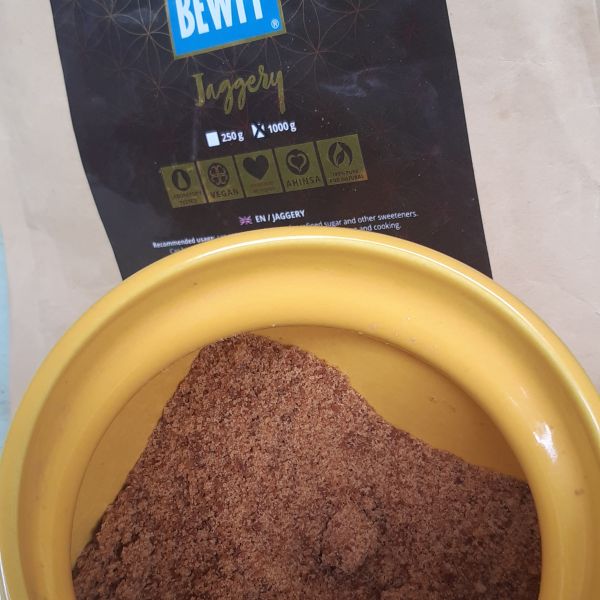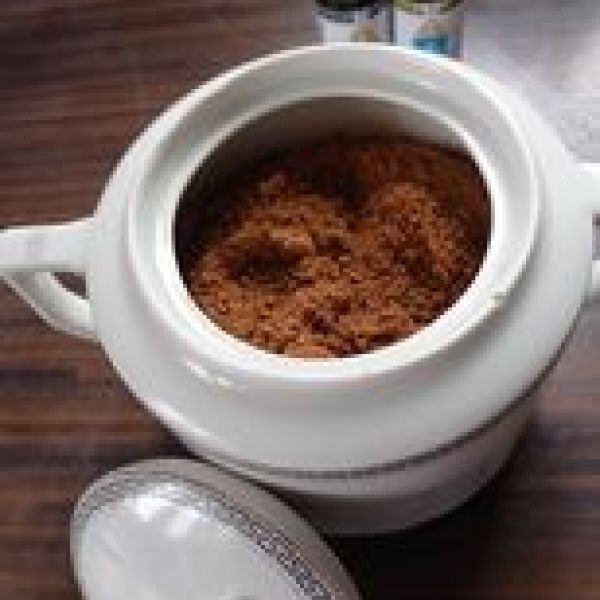BEWIT DRIED CANE JUICE, UNREFINED (PANELA, RAPADURA)
JAGGERY POWDER
SACCHARUM OFFICINARUM
Dried cane juice, also known as Rapadura or Panela, is an excellent, 100% natural sweetener with a pleasant honey-fruit flavour. You can use it to sweeten porridges, yoghurts, puddings and RAW desserts.
It is also suitable for baking and cooking.
Selected reviews by the BEWIT team
„Toto je uplna topka,už iný ani nebudem kupovať Chuti každému 👍👍👍“

Andrea Mrázová
100% pure and natural
All ingredients contained in the product are 100% pure and natural and non-synthetic.
Ahinsa
Our ethical approach is based on respect for all living things = we have not, do not and will never in the future test our products on animals.
Laboratory tested
We check the exact composition and quality of essential oils at a unique level in our laboratory in Ostrava. For more information on the methods by which we discover the secrets of these unique gifts of nature, se you could find out here .
Did you know that you can download the oil analysis on the tab of each product, under the „Downloads“ tab? Or just take a look at the a sample example ofPalmarosa essential oil.
Produced with Love
The product has been developed and produced in an atmosphere of love, harmony and with intent of giving benefit to all who use it.
Vegan
This product is suitable for vegans. At no stage during development, testing or production of this item were animal or dairy products used.
DRIED CANE JUICE, UNREFINED (PANELA, RAPADURA)
Dried cane juice, also known as Rapadura or Panela, is an excellent, 100% natural sweetener with a pleasant honey-fruit flavour. Thanks to the traditional method of extraction and omitting the refining process, it retains the maximum amount of all substances beneficial to the body, rich caramel colour and so pleasant honey-fruit flavour. You can use it to sweeten porridges, yoghurts, puddings and RAW desserts. It is also suitable for baking and cooking.
BENEFITS OF DRIED CANE JUICE
A delicious and 100% natural sweetener Caramel colour, naturally sweet taste, honey-fruit hint Traditional production method, without refining Fibre, vitamins, minerals and other beneficial substances Cold cuisine, baking and cooking
HISTORY
As early as 8,000 BC.
According to surviving artefacts, it is clear that cane juice was a popular sweetener as early as 8,000 BC. Although it was initially only a wild plant, due to its exceptional taste it was quickly domesticated and processed into its easy-to-store form, dried cane juice.
CONCLUSION
Maximum amount of vitamins, minerals and other substances beneficial to the body
Dried cane juice is a 100% natural sweetener. The cane from which rapadura is extracted grows naturally and without human intervention such as fertilisation or other chemical treatments. Thanks to the traditional method of processing and omitting the refining process, it retains the maximum amount of vitamins, minerals and other substances beneficial to the body.
USE
In porridges, yoghurts, puddings, RAW desserts…
Dried cane juice, also known as Rapadura or Panela, has a rich caramel colour and a naturally sweet taste with a pleasant honey-fruit flavour. You can use it to sweeten porridges, yoghurts, puddings and RAW desserts.
It is also suitable for baking and cooking.
RECOMMENDED STORAGE
Store in a dry place and protect from heat.
THE LAND OF ORIGIN:
India

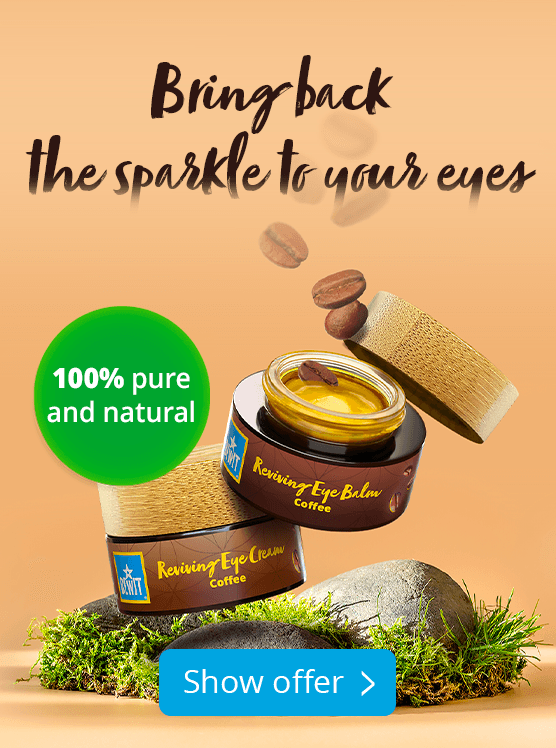
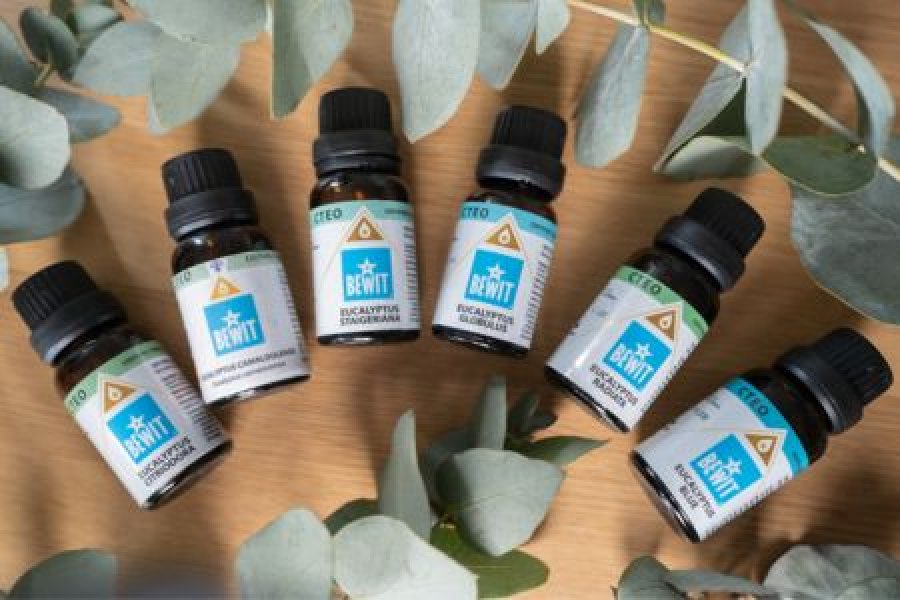
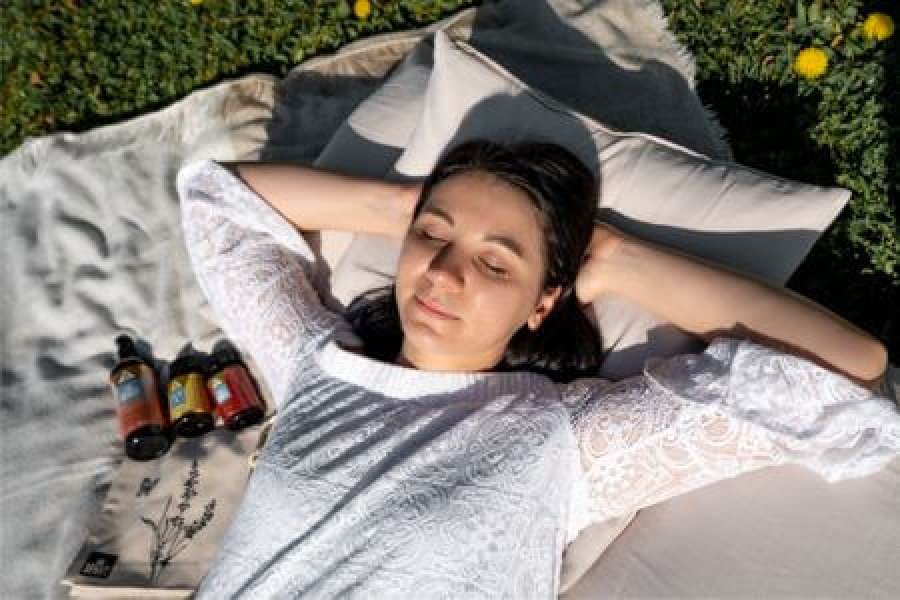
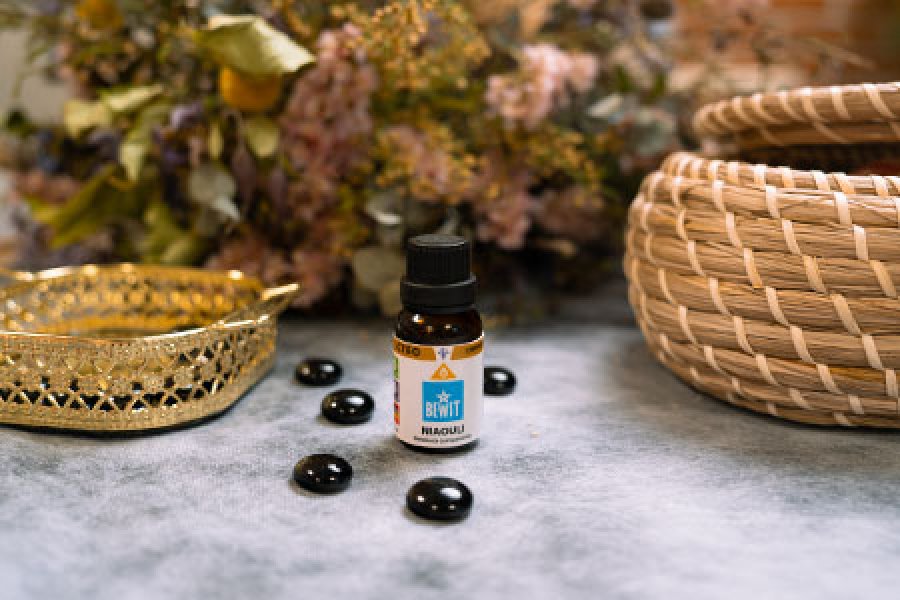
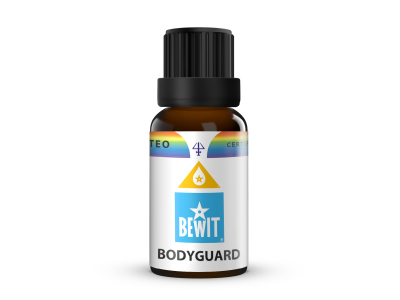
 Taťana Nováková
Taťana Nováková
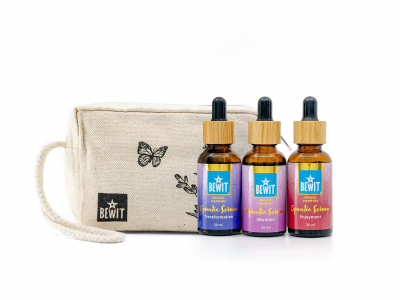

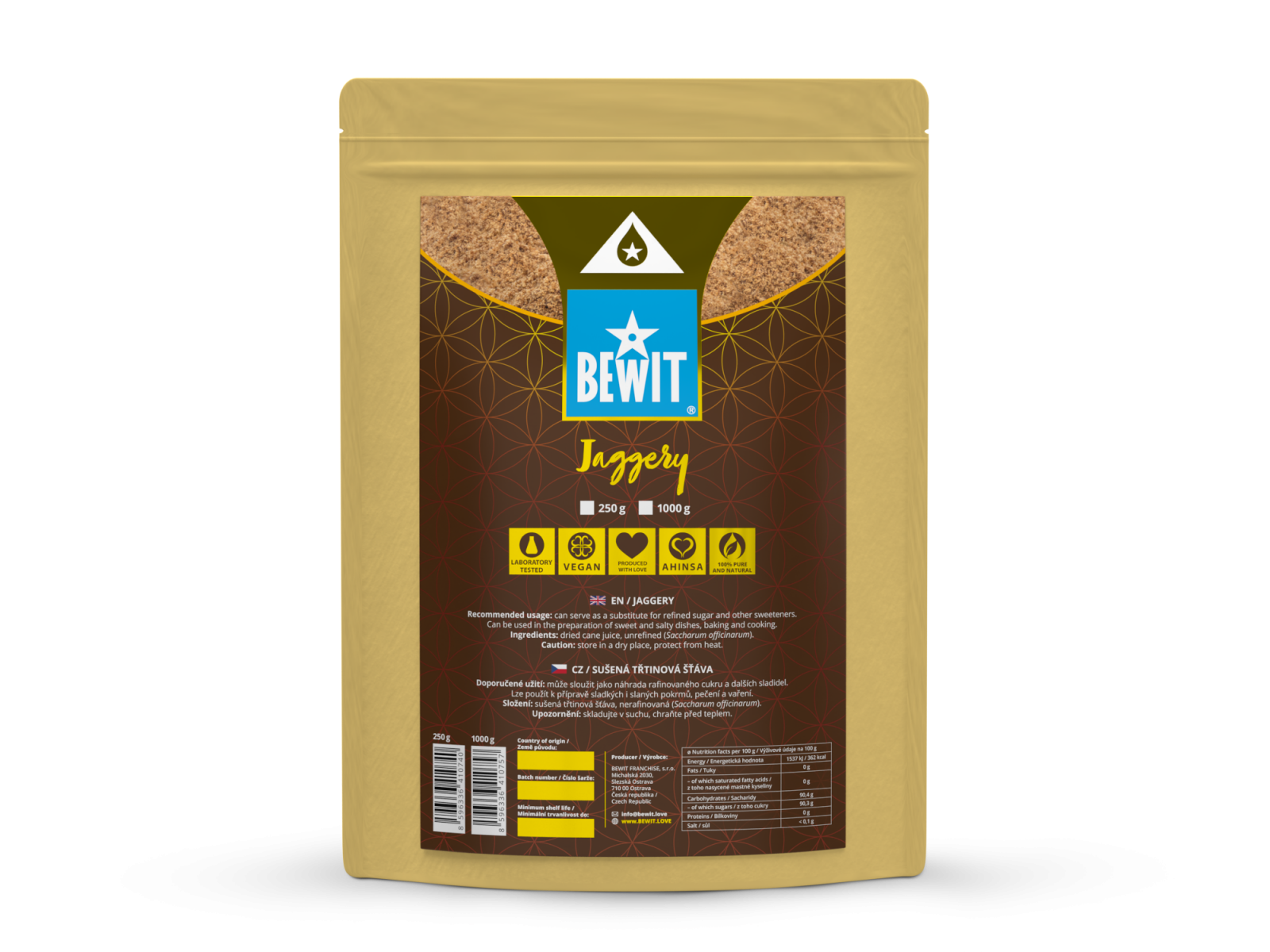
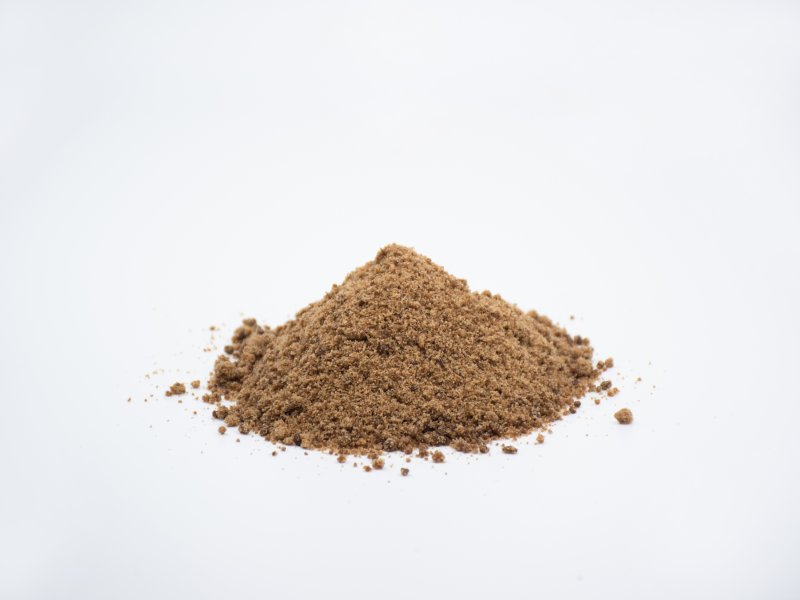
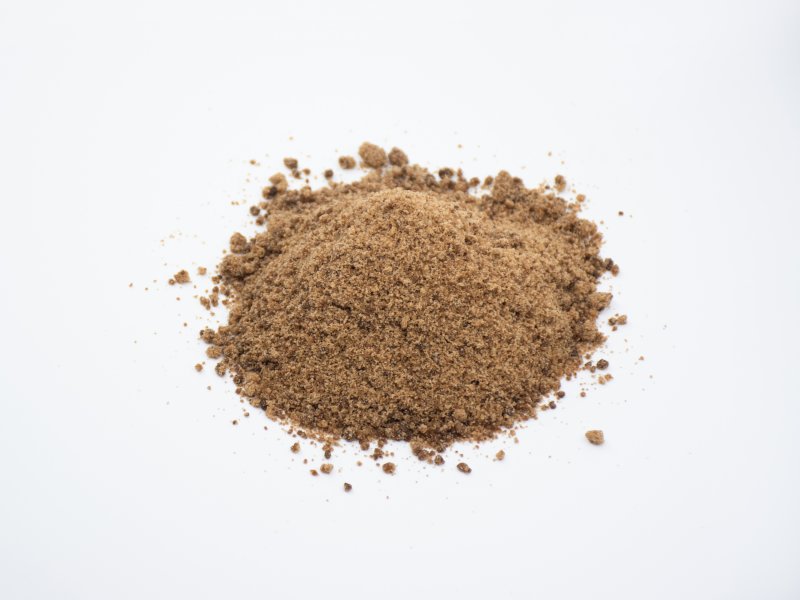
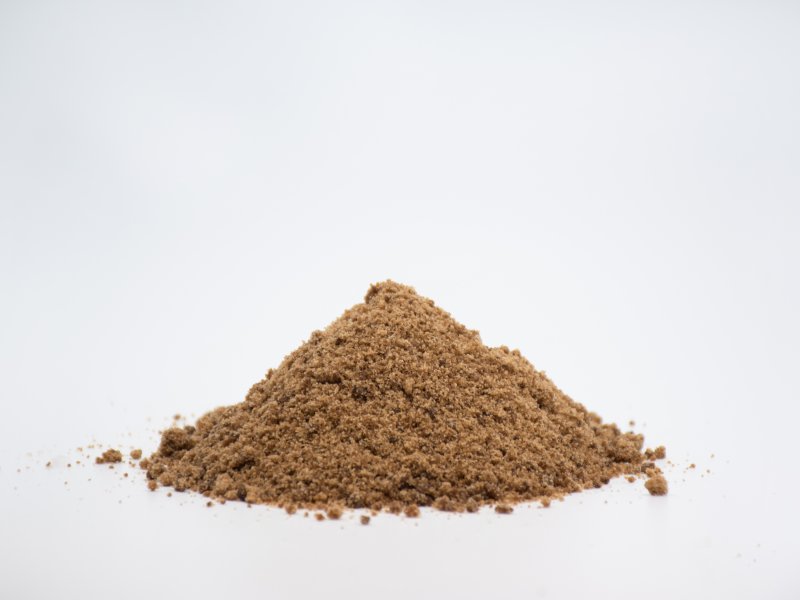





 Česky
Česky  Slovensky
Slovensky  Magyar
Magyar  Polski
Polski 
